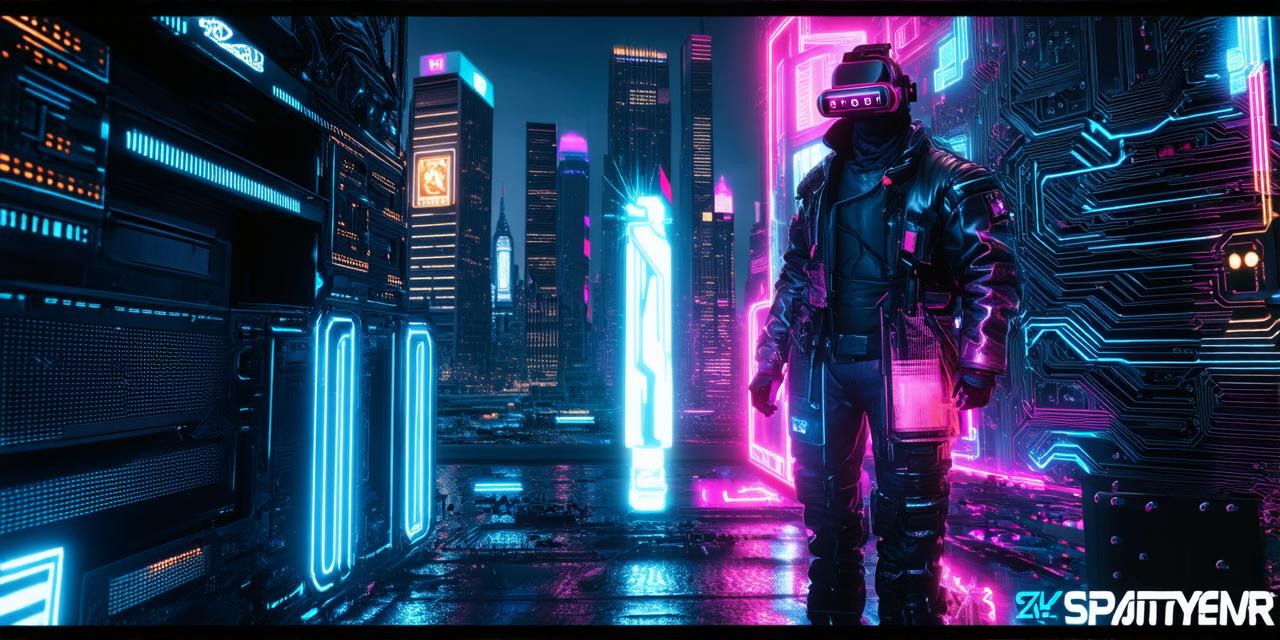Introduction: The Rise of Virtual Worlds
Virtual reality (VR) has been around for decades, but in recent years, it has experienced a significant resurgence. The term “metaverse” was first coined by science fiction writer Neal Stephenson in his 1992 novel Snow Crash, and the concept has since become increasingly popular in the gaming and tech industries.
What is the Metaverse?
The metaverse can be defined as a virtual world that exists alongside our physical world. It is a shared, immersive space where people from all over the world can interact with each other in real-time, using avatars to represent themselves. The metaverse is not just limited to gaming or entertainment; it has the potential to transform various industries such as education, healthcare, and even commerce.
The metaverse is built on top of the internet, and it allows people to experience a virtual world that feels like the real thing. It uses advanced technologies such as artificial intelligence (AI), machine learning, and blockchain to create a seamless and interactive experience for users.
Case Studies: The Potential of the Metaverse
The metaverse has already been used in various industries to create new and innovative experiences for users. One such example is the use of VR in education. Many universities have started using VR to create immersive learning experiences, allowing students to explore different parts of the world, or even travel back in time. For example, a history class could take a virtual tour of ancient Rome, complete with 3D models and interactive elements.
Another example is the use of the metaverse in healthcare. Virtual reality can be used to create realistic simulations of medical procedures, allowing doctors to practice and perfect their skills before performing them on real patients. This can improve patient outcomes and reduce the risk of medical errors.
The metaverse also has the potential to revolutionize commerce. Companies could create virtual stores that allow customers to shop for products from the comfort of their own homes. This would eliminate the need for physical stores, which could lead to significant cost savings for companies.
Real-Life Examples: The Metaverse in Action
There are already many examples of the metaverse in action. One of the most well-known is Second Life, an online virtual world that allows people to create their own avatars and interact with each other in a 3D environment. Second Life has been around since 2003 and has over 1 million active users.
Another example is Facebook Horizon, a social VR platform that was launched by Facebook in 2021. Horizon allows users to create their own avatars and interact with each other in virtual reality. The platform also includes games and other interactive elements.
The Future of the Metaverse: Challenges and Opportunities
While the metaverse has already shown great potential, there are still many challenges that need to be addressed before it can become a mainstream part of our society. One of the biggest challenges is privacy. With people spending more time in virtual worlds, there is a risk that their personal data could be compromised. This could lead to identity theft and other forms of cybercrime.

Another challenge is the cost of creating and maintaining virtual worlds. The technology required to create an immersive virtual environment is still relatively expensive, which could limit its accessibility to some people.
Despite these challenges, there are many opportunities for the metaverse. As technology continues to advance, the cost of creating virtual worlds is likely to decrease, making it more accessible to a wider audience.
